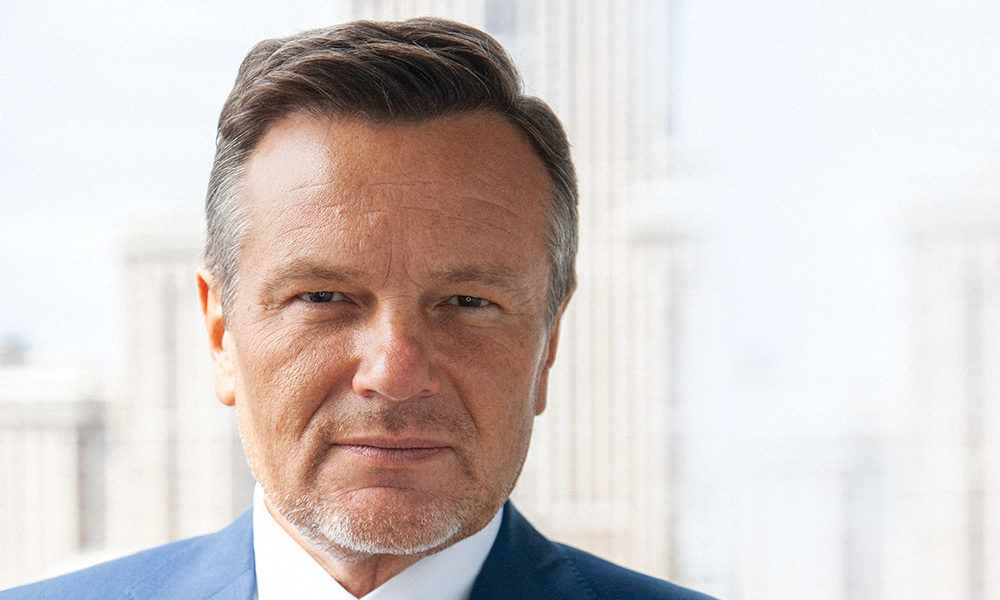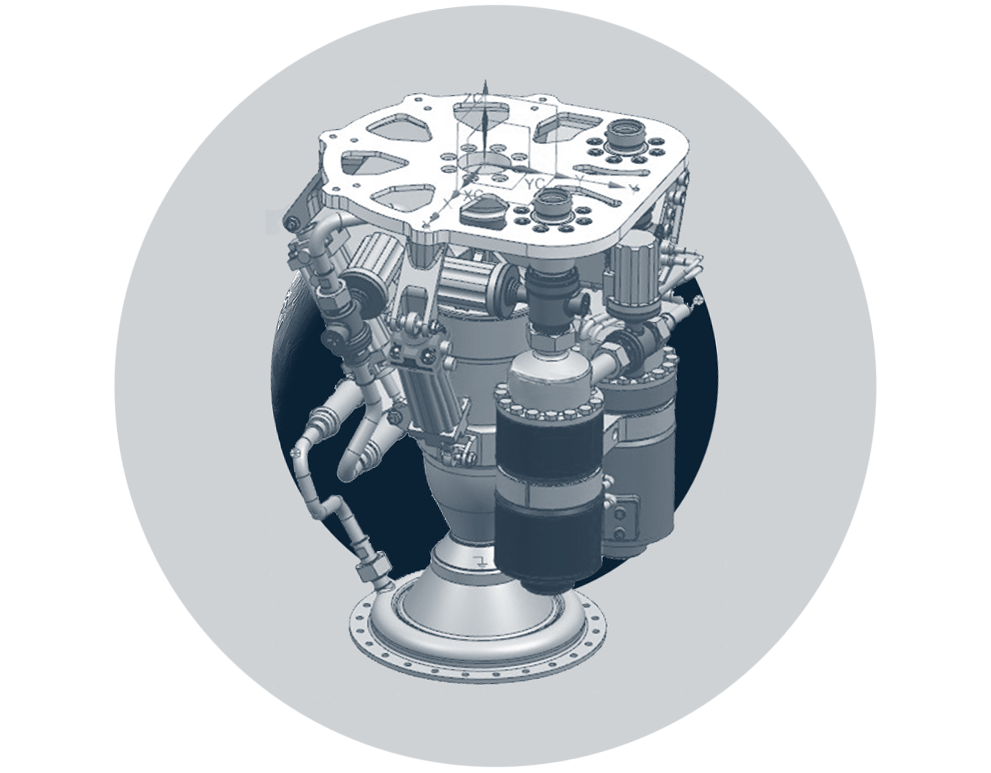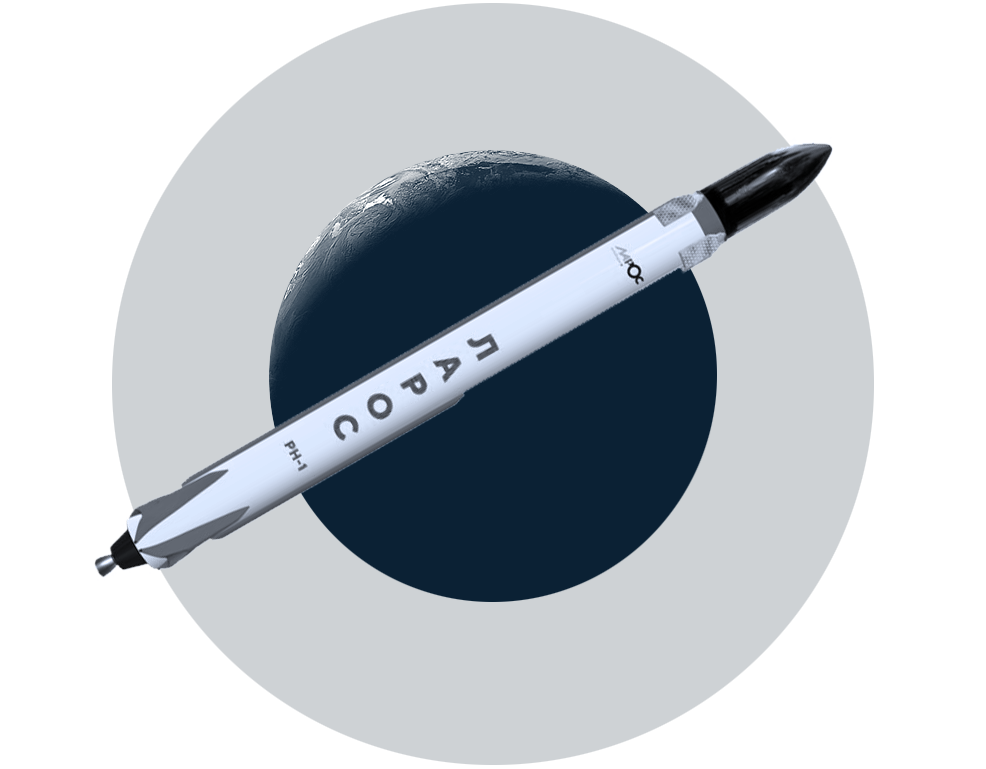Ultra-light launch vehicle for carrying micro and nano satellites into Earth’s orbit is developing in Russia. Microsatellite is a spacecraft weighing less than 100 kg. Traditionally they are launched in the form of an associated payload with «large» spacecraft, so it is necessary to wait for a suitable «flight». Today LAROS Moscow Design Bureau is developing a full range of launch services for the delivery of load into orbit with the help of ultra-light launch vehicles from its own mobile launch pads. LAROS presents auch a mobile stand at MAKS-2019. How expensive it will be for the customer to launch the load into orbit, and whether private aerospace companies have any hope of supporting Roscosmos, Oleg Larionov, founder of the LAROS Design Bureau, told Show Observer.

— Oleg, why did LAROS Design Bureau suddenly decide to deal with the space, namely the launch of suborbital launch vehicles?
— In my opinion, aviation and space are interconnected and have much in common. Therefore, the opening of the space branch within the design bureau was quite logical and obvious decision for me. In the process of market research we understood that it is completely undeveloped. There are not many private aerospace companies in Russia. Meanwhile, such projects give a lot of opportunities not only for science, as it is usually thought, but also for solving many business issues.
— What is planned to create within this project?
— We create the unique service for commercial launches of ultra-light rocket weighing up to 150 kg. The project is being implemented in three stages: the creation of the LAROS-PH1 suborbital launch vehicle, then the creation of two-stage LAROS-PH2 orbital launcher and, in the long term, the LAROS-PH3 single-stage orbital rocket. A very important aspect of the project is the creation of mobile launchers that will make the launches more available. Regarding the period of creation, the launch of the ultra-light suborbital rocket is planned for 2021, the first orbital rocket – for 2024. The creation of the single-stage orbital rocket is very complicated and ambitious project. Preliminary we will be ready to present it to the world by 2027. The total cost of the project is 1.4 billion rubles. According to our calculations, the payback period will be about 5 years. In addition, we plan to create mobile starting units. It is very important in terms of the economic availability of launches.
— What has already been done within the project? And where do you get the financing for its implementation? Are you working with Roscosmos?
— Research and development is currently carrying out to develop and test a clean rocket engine without cryogenic components – aviation kerosene and hydrogen peroxide are used. A mobile stand for fire tests of engines with thrust up to 100 kgf has been created. Also with the help of 3D-printing are created working models of engines. In the future we plan to create and test the engines with electric pumping system of fuel supply and thrust of about 500 kgf and 2500 kgf.
At the moment the financing is carried out by own funds. Concerning Roscosmos, I can say that it is gradually moving towards business. Not so long ago the first meeting with private aerospace companies was held. This is a big step towards cooperation.
— What is the mobile launcher system?
— In fact, it is a system installed on wheeled or tracked vehicles. It includes, besides mobile unit itself, rocket engine refueling systems. The advantage of this system is, firstly, its low cost, which reduces the cost of the launch itself. Second, there are many more opportunities in terms of launch geography.
— Are there any other similar projects in Russia?
— Perhaps someone in our country is thinking about creating an ultra-light rocket and mobile launchers. But this is not officially announced, so most likely, we will be the first who implement such a project. Of course, we are also watching what the Americans are doing, but we are not trying to be like them.
— How do you plan to certify the created devices in the future?
— All space projects should comply with Roscosmos regulations. Otherwise, they will not be allowed to launch.
— How the launch of launch vehicles (especially from mobile devices) will be coordinated with Russian or international services?
— This is probably not matter of topical interest right now. In any case, we rely on the support of Roscosmos.
— How much will cost the launches?
— The cost of the launch will be $2.5 million. And this is the most advantageous offer on the market. For example, delivery of loads on an Electron ultra-light carrier rocket of the American company Rocket Lab costs $6 million. In addition, it is not necessary to wait the launch of an ultra-light rocket for six months, as it is happening now. This is, of course, a very important argument for business.
— What do you think about space debris problem?
— This is a very serious problem, which is growing exponentially. There are a lot of satellites that do not escape orbit for decades. However, it is difficult to remove them, as each satellite has its owner. In any case, such a problem should be solved at the interstate level.
— Will the launching of hydrogen peroxide fueled rockets be safety?
— In fact, all rocket fuel components are explosive. And hydrogen peroxide is the safest component.









